The city in dialogue with itself
“The foreignness of what you no longer are or no longer possess lies in wait for you in foreign, unpossessed places.” Central to Italo Calvino’s work, Invisible Cities, are the varied impressions of the same city. He depicts each account of Venice to be a new city, profoundly different from his preceding descriptions. Using this line, Calvino foregrounds the presence of opposition to the individual within the city. One can experience a city that is entirely unique to the life of another inhabiting that same city. The individual therefore develops a unique sense of being within the city. This works in parallel with the Hegelian dialectic: In this, Hegel reveals that the thesis (in this case the individual) encounters their antithesis, (the city) and thereby works to create the individual’s synthesis (their unique subjective experience.) As a consequence of these many impressions, the city becomes a being within itself, as it is formed by the multitude of different experiences of the city. Thousands of different ways of seeing the city become interwoven to make one larger entity. It reaches divine proportion, as it is too vast to be truly understood by the individual alone.
In my project I have aimed to create work that highlights the multi-layered nature of the city. Through found objects, I have attempted to show the profoundly different experiences of Edinburgh that exist simultaneously. From baby toys to broken glass, these items are representative of juxtapositions such as innocence and experience, the natural versus artificial, and pleasure versus constraint. These objects were chosen to symbolise these varied understandings of the city in a dialogue with oneself. For example, the relationship and inner conflict one may experience through the change from childhood to adulthood, and the way this is reflected in one’s view of the city. My intention is that the viewer, each with a distinct perspective of their own, can look upon these opposing objects and come to a deeper understanding of themself, through the conflicting objects and their relationship with them.
I have experimented with the use of tracing paper and rubbish to create layers within my work. These visually represent the many avenues of experience in the city. Their translucency facilitates the overlapping and clashing of different images, which is intended to capture the true complexity of the place where they were found. Furthermore, by layering these pieces of paper I have been able to toy with the significance of certain objects and their associated experiences. By placing certain layers above others, I can explore what the individual is perhaps “no longer”, or aspects of experience that are overcome by others, creating a wider conflict.
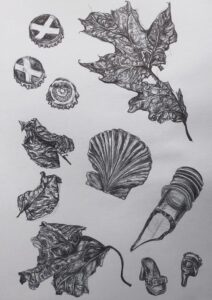
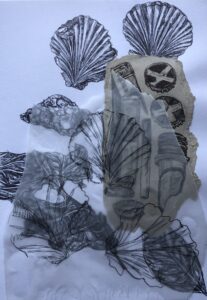
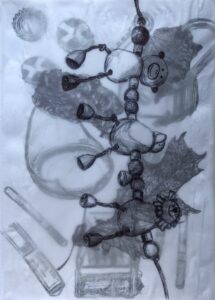
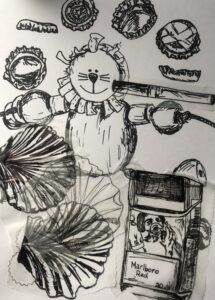
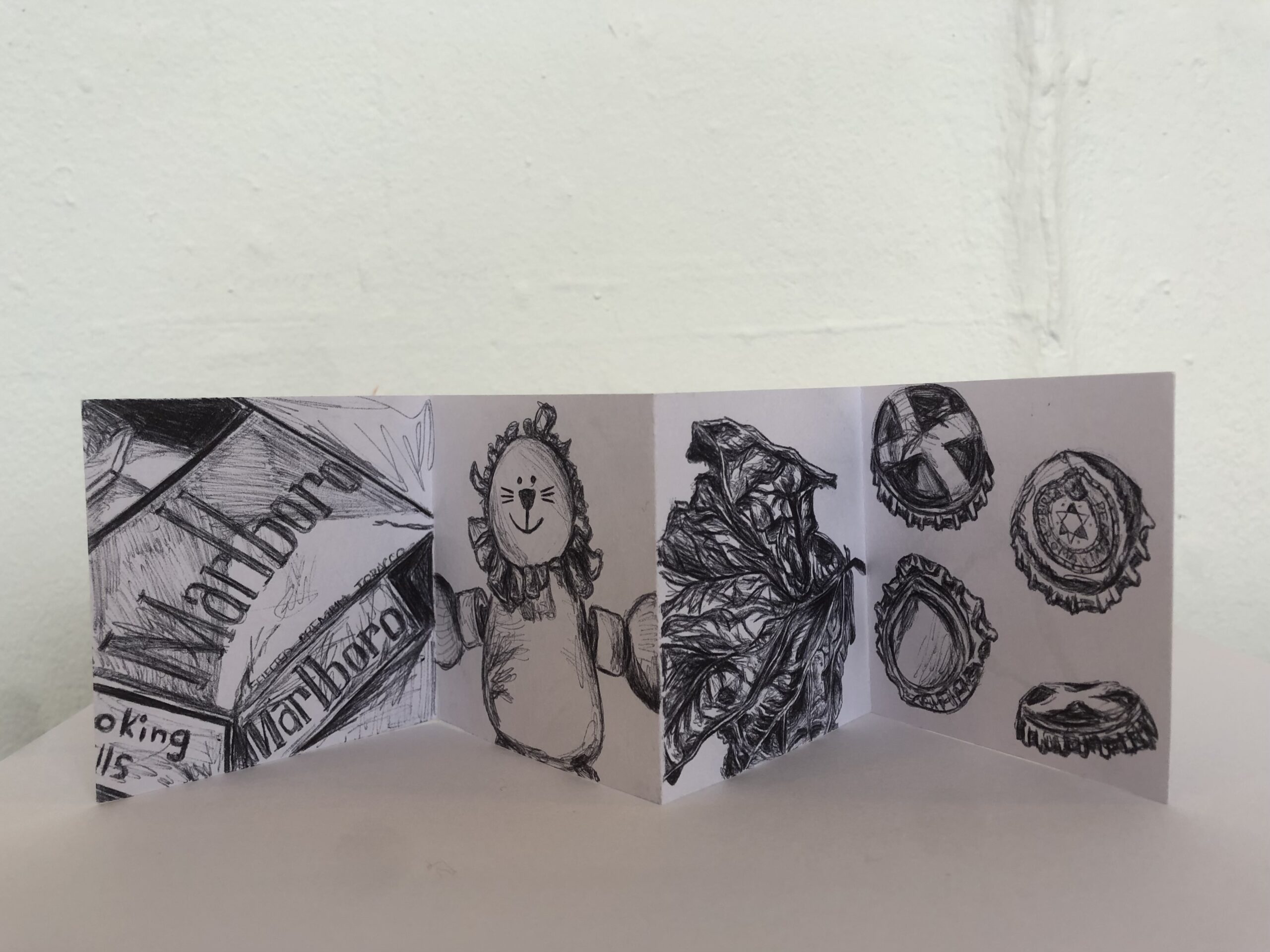


Hi, this is a comment.
To get started with moderating, editing, and deleting comments, please visit the Comments screen in the dashboard.
Commenter avatars come from Gravatar.